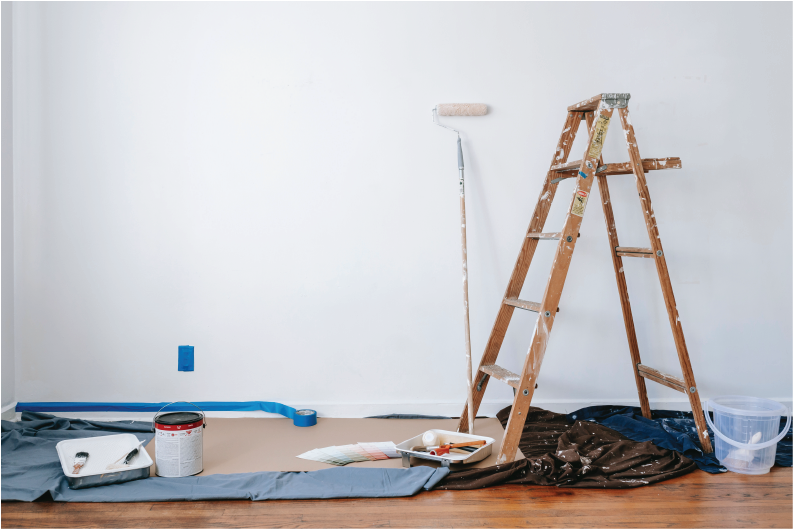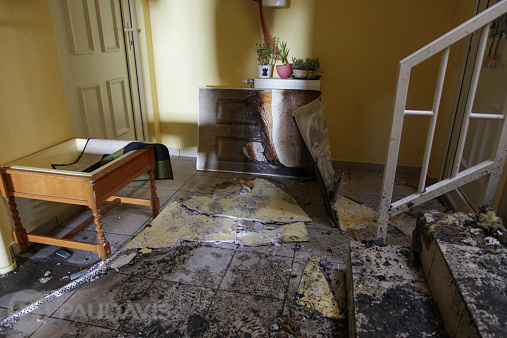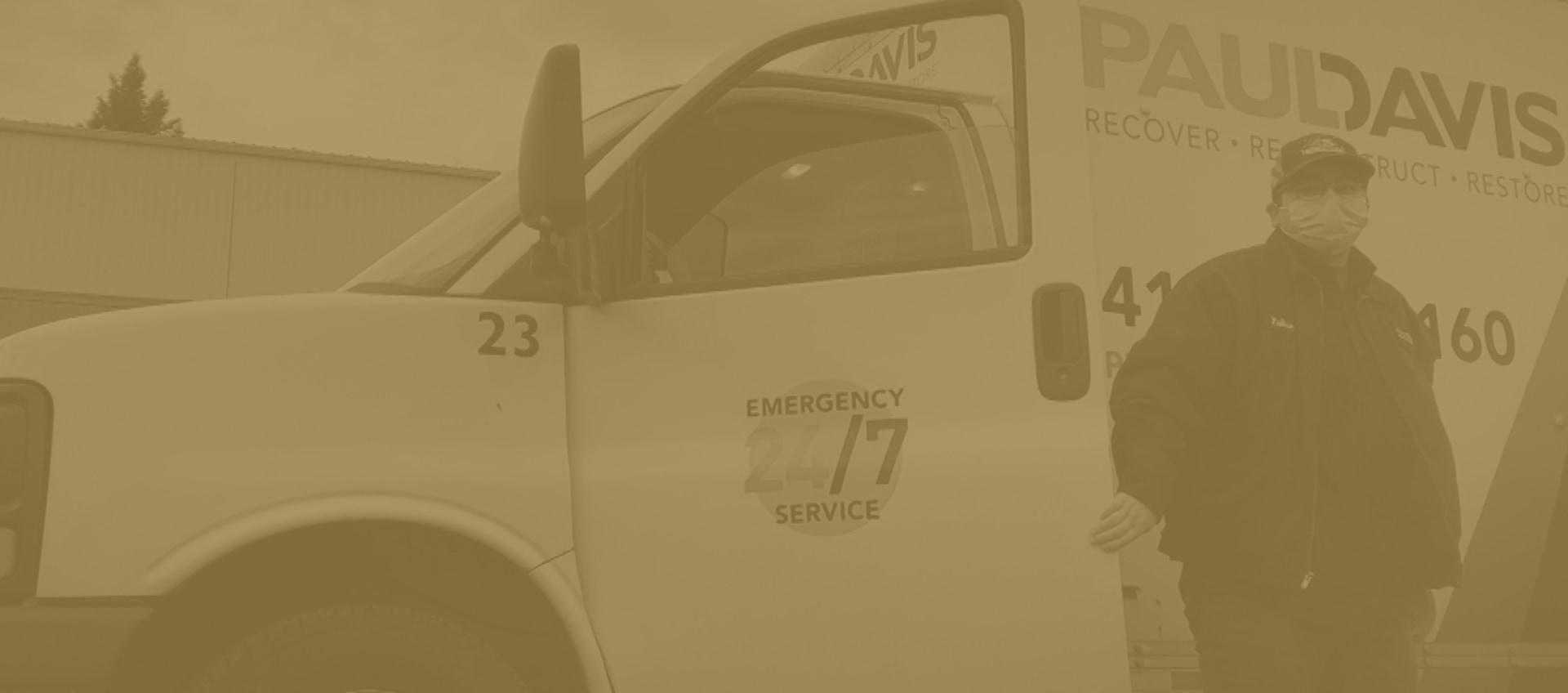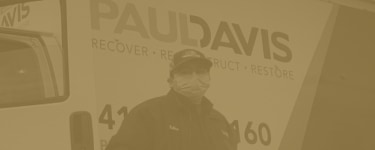
Buying your first home is a big step. But, with house prices skyrocketing across the US, you might be considering buying a house that needs a bit of elbow grease equity. Smart move, but there are a few things you need to do to ensure that your fixer-upper doesn’t flop. Keep reading for ideas.
Rectify dangerous situations immediately.
If your new house has been damaged by water or fire and smoke, call Paul Davis Restoration of Utah to have these issues taken care of quickly. Water extraction, reconstruction, and mold remediation should be your top priorities along with structural damage and major system malfunctions. You should also clean dryer vents, make sure the windows open and close, and ensure there is no damaged/exposed lead paint.
Decide on upgrades.
Your obvious first renovations after major repairs should be things like flooring, paint, and appliances. You’ll also want to pay close attention to the details, like adding an efficient range hood, which pulls smoke, odors, and grease out of the air. New light fixtures, hardware, and trim can help you bring a dated home into the 21st Century. Something else to consider here is whether or not your upgrades will provide a return on your investment if you choose to move later down the road. A fully updated kitchen, patio, and gas fireplace are considered some of the most valuable additions.
Get comfortable with tools.
Even if you plan to use a contractor for the big stuff – you should bring in a general contractor for anything structural, including an outdoor deck – you will also likely make many small repairs yourself with the right tools. Fixing popped nails, caulking, and patching holes in doors and drywall are nowhere near as complicated as they seem. DIYJoy’s lists more than three dozen home repairs/improvements you can do.
Have a game plan.
Before you ever move in, know how long you plan to stay. Although the average length of residence is 13 years, according to the National Association of Realtors, many people choose to buy their first home as an investment instead of a long-term living arrangement. When your plans include using your soon-to-be renovated property as a vacation or rental home, spend the extra time and money getting an EIN and establishing your LLC so that you can maximize your tax deductions and separate your personal and business finances.
Monitor your property while you’re away.
Perhaps most importantly, make sure that you have a smart security system on your property while you are not there. If your fixer-upper has been abandoned for any length of time, there’s a good chance that it is a prime target for everything from squatters to bored teenagers. Install a security system so that you can see what’s happening while you’re away. Tom’s Guide recommends the Adobe Essentials starter kit as a great DIY security solution. You must also contact your home insurance provider to ensure that your property coverage extends to damage caused before you change your address.
Although home prices will likely not fall anytime soon, there are still great deals out there. But, you may have to put in a bit of sweat equity. From large projects, such as clearing out mold and smoke, to small upgrades, like a new range hood or carpet, make every move on your home with intention. Each update should reflect your desire to either turn it into a rental property or live there for the long run.
Call Paul Davis Restoration of Utah today at 801-299-1000 for 24/7 access to live support when you need emergency restoration services.
Photo Credit: Pexels
Written by: Megan Cooper





